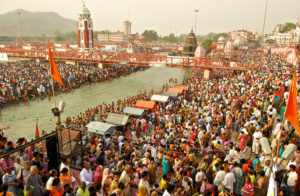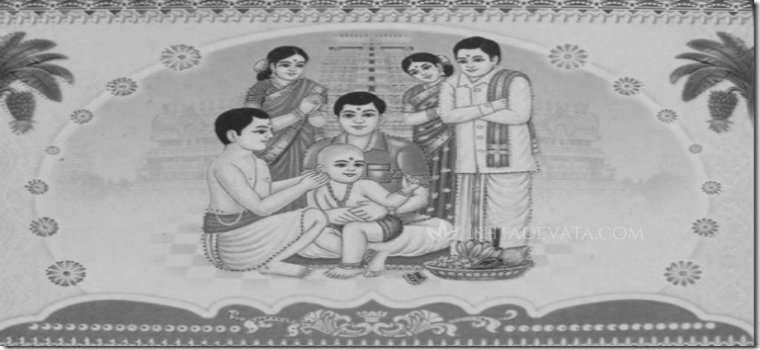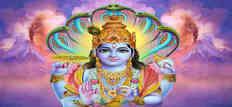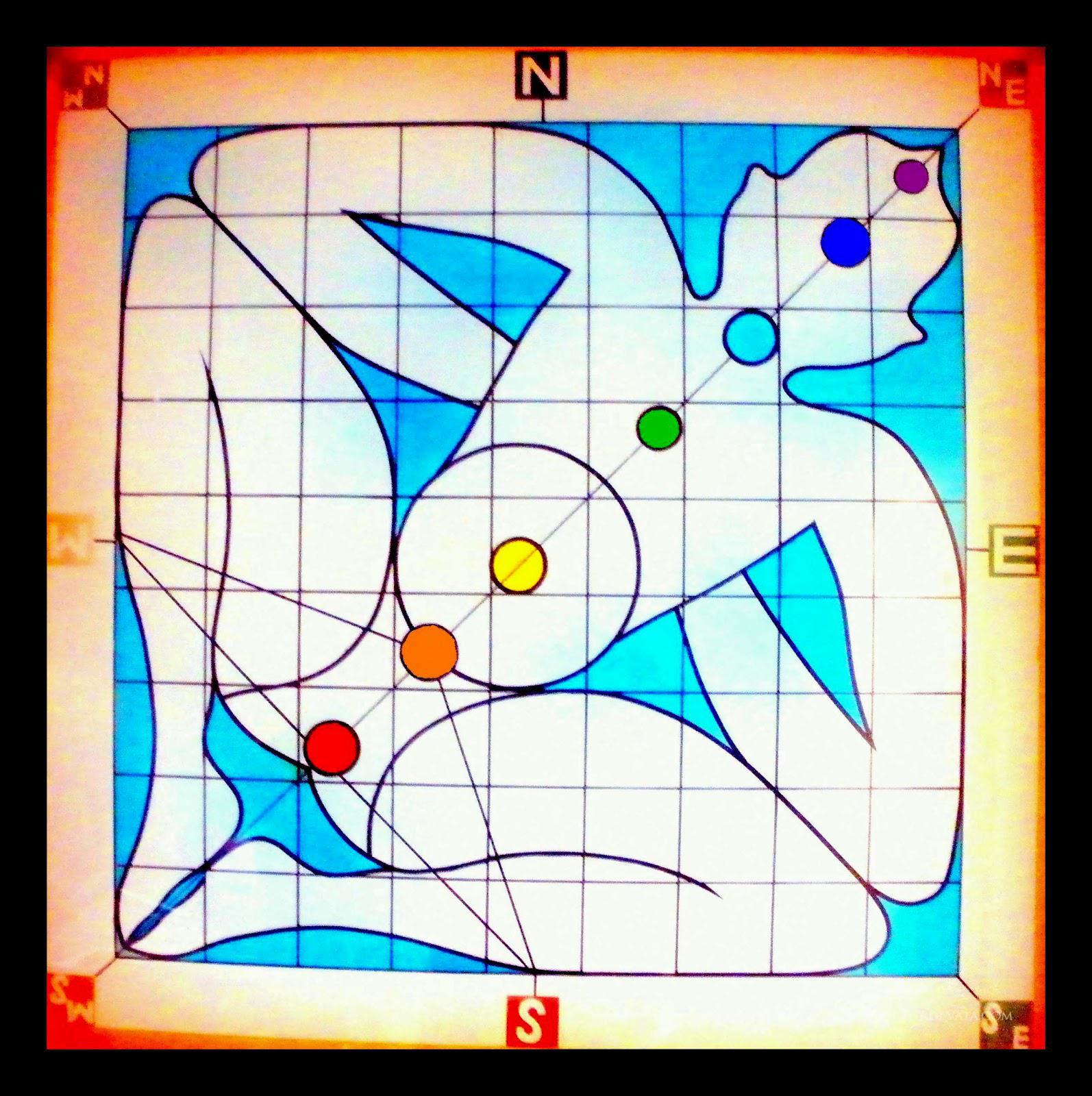The science and the story behind the Pradakshina
When we enter a Hindu temple, we see a lot of devotees going around the temple, with their hands folded in front of them and their eyes closed (mostly). Commonly known as pradakshina (circumambulation) this Sanksrit word means ‘moving around a sacred object for a good cause’. The reasoning behind going around in a circle is quite simple. The Lord is the centre point in our lives and a circle can only be drawn with a center; which means that we should keep the Lord as the focal point and go about our daily lives.
Scientifically speaking, every point on the circumference of the circle is equidistant from the centre which means that no matter where we are, we are always equally close to the Lord. And the pradakshina is always done in a clockwise manner because in Hinduism, the right side is more auspicious and the Lord is always present to our right.
The story of the first pradakshina leads to Lord Shiva, Ganesha and Karthikeya. Lord Shiva had instructed his sons, Ganesha and Kartikeya, to go around the world in the pursuit of knowledge. Kartikeya, hopped on to his peacock and went all over the world, while Ganesha, circumambulated his father, Lord Shiva, justifying his act by saying that the whole world is contained within Him.
There are a certain set of rules that one can follow while doing a pradakshina, to gain its full advantage. One has to fold their hands in front of their chest, take smaller steps and walk unhurriedly, chant a mantra of the deity at the temple and visualize the presiding deity at the temple in their heart. The feeling that arises then is one of total peace and absolute surrender.
Usually the pradakshina is done by circumambulating the whole temple but in Shiva temples, there is a slight variation. In a Shiva temple, one can go around the temple till the Gomukhi. The Gomukhi is the outlet where the water used for the Lord’s abhishekam is drained out. This Gomukhi is not to be crossed in a Shiva temple, as it is considered disrespectful to the deity. To complete the pradakshina, devotees have to turn around and go to the other side of the temple, to the other end of the Gomukha. The Gomukha should not be crossed under any circumstances.
There are a minimum number of pradakshinas that is set for each deity:
– Ganesha: 1
– Shiva: 2
– Vishnu: 3
– Ayyappa: 4
– Kartikeya: 5
– Durga: 6
– Peepal tree: 7
Each step of a pradakshina is said to eliminate sins that a person had committed in his present and past lives. It is not necessary that a pradakshina has to be only in a temple. There are various types of pradakshinas:
– Atma pradakshina : Circumambulating around oneself, acknowledging the atma in himself.
– Giri Valam: Circumambulating around a hill.
– Adi pradakshina: Circumambulating using very short steps; the heel of the foot touches the toes of the other foot and the person walks forward.
– Anga pradakshina: After bathing in the temple’s pond or well, the person, with wet clothes, rolls around the temple chanting the Lord’s name.
– Mutti podudal: Circumambulating the temple on one’s knees.
Apart from these, one can also circumambulate around pipal trees and Tulsi plants.
Visit us at www.ishtadevata.com
Reach us to be a part of our whatsapp spiritual reminder group


















How the author has claimed that in Hinduism right side is more auspicious…may please quote references.
I was under the assumption that 1 or 3 pradakshinas were the norm irrespective of deities….this one was an eye-opener.
Nisha: Thank you for your feedback 🙂
Mr. Naarayan,
Thank you. We are working on it.. It should be up soon 🙂
Mr. R Sathyamurthy
Thank you 🙂
Great..thanks for this..can you also write an article around the significance of temples itself..would be great to read your views.. Thanks!
In vishnu temple there is no set ruleha to how many times you do pradakshinam. Anga pradakshinam etc, is not told in vishishtaadvaita philosophy.Please excuse me if I have written something which would hurt the person who wrote this and others who beleive it.kshamika prarthikiren
Swathy: The beauty of Hinduism is that it is not very rigid when it comes to rules. This post is just according to what the scriptures say. However, you are right, these are not rules that one will be forced to follow..
Very insightful.